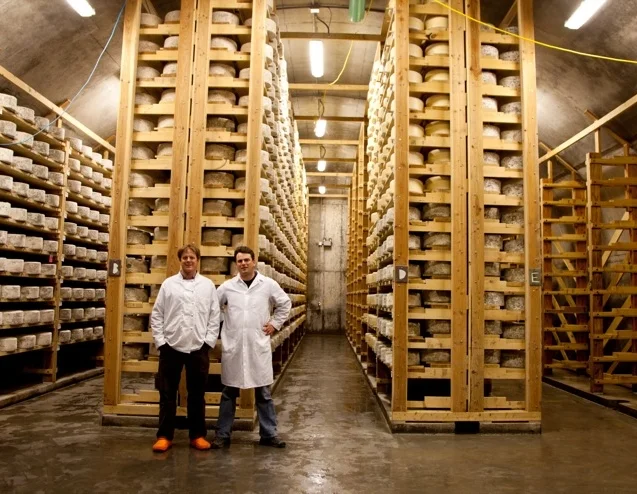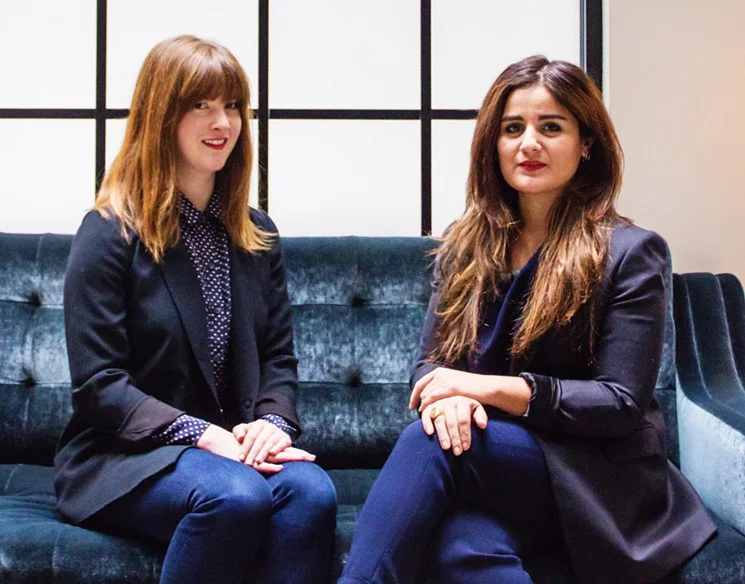Overproduction is built right into the business model of most bakeries. While we devour much of what is made, huge quantities of perfectly good grain are tossed. But Tristram Stuart, an Englishman who began battling food waste 15 years ago, long before it became a popular cause, discovered a way to turn bread, an inexpensive product with a short shelf life, into one that’s long-lived and lucrative: craft ale.
Read MoreWine is usually a fun topic, but in the Golden State, the fourth-largest wine-producing region in the world, it’s also big business: 85 percent of domestic wine comes from over 600,000 acres of grapes grown in California. Operating at this scale means the wine business must also consider land stewardship. Two of the state’s biggest and best-known wine counties—the neighboring communities of Napa, which has more vintners, and Sonoma, which has more growers—are both working toward achieving goals of 100 percent sustainability within the next few years.
Read MoreThere’s no sign announcing that you’ve arrived at Jasper Hill Farm, a creamery in the Northeast Kingdom, as Vermonters call that end of their state, but you can’t miss it. The main barn is painted midnight blue with a giant cheese moon and cows floating happily in space. Blasted into the hillside is a concrete bunker with seven cheese caves radiating from a central core.
There’s one other surprising detail: a modern two-room laboratory filled with microbiology equipment and staffed with scientists.
Read MoreAutumn Stoscheck has been making hard cider for years but still considers herself a beginner. “The truth is I’ve made cider 14 times. That’s not very many,” the founder of Finger Lakes–based Eve’s Cidery says. “I’ve dumped thousands of gallons and killed hundreds of trees.” But ask any local cider aficionado what they drink, and chances are they’ll point you in her direction.
Read MoreAs soon as I left the French vineyards, I dreamed of Spanish wine. No more big reds heavy in alcohol and residual sugar, transparent legs dripping down the inside of my glass. I yearned for whites––young, green, and herbaceous––local to the Spanish coast to which I was headed.
Read MoreWhen hosting a team of chefs from one of Spain’s top-ranked kitchens at your humble Cambridge restaurant, sometimes you need to expand your vocabulary.
That’s what Loyal Nine chef Marc Sheehan learned when Mugaritz executive chef Andoni Luis Aduriz and crew — eight in all — began working with him to plan a benefit dinner for Tufts University’s Jean Mayer Human Nutrition Research Center on Aging. It took place Sunday night and was the first time Mugaritz has done a pop-up in the United States.
George Tenedios, the owner of Fresh&Co, a small New York chain of fast-casual restaurants, is constantly on the hunt for new ingredients. He’s experimented with all sorts of odd meat substitutes, from homemade tempeh to Silicon Valley darling Beyond Meat. But even he was stumped by a photo of what appeared to be a tuna sushi roll—shiny, bright-red "meat" with sesame seeds dotting the top—but which he knew was made not from any fish but from tomatoes.
Read MoreYour morning tea—Matcha, Darjeeling, English Breakfast—most likely comes from far away. While there are a few dozen tea growers in the United States, the harvested leaves, many of which come from an evergreen shrub called Camellia sinensis, are not native to this country.
Read MoreIn Everyday with Rachel Ray's July/August issue I went out and talked to experts to find out what the supermarket of the future would look like. Included are: Mike Lee, founder of Studio Industries, Marco Gualtieri, founder of Seeds & Chips, Dan Phillips, designer at Phillips Enterprises Inc, Collin Payne, Lisa Picard, EVP Skanska, and Phil Lempert, the Supermarket Guru.
Read MoreThe founders of Follow Your Heart are now in their 70s. Their first product, in the 1970s, was Vegenaise, an eggless mayo. Since then the company has survived a bitter partnership dispute and the loss of its biggest client, Trader Joe’s, which once accounted for almost 20% of revenue. The company owns a 104,000-square-foot solar-powered headquarters and production facility in Chatsworth, Calif. and expects $50 million in revenue this year–but its world has changed.
Read MoreDifferences of opinion are fundamental to Judaism: we can’t even agree on the spellings of key words. (Is it matzo, matzoh, or matzah?) At the Passover seder it’s no surprise that, except for the seder plate, there are 1,001 differences in the way Jews celebrate the holiday. Some eat brisket, some eat chicken, some eat both. The waters are divided over whether the matzo balls should be fluffy or dense (mine=fluffy). Kugel can be sweet or savory.
Read MoreIf you attended the two-day Food+Enterprise conference at the old Pfizer building this past weekend, you might have walked away feeling like starting a new food company is a cinch.
First off, the summit was held at one of the city’s burgeoning local maker hubs. Williamsburg’s Pfizer building is wall-to-wall with small brands, some newer and some that are more established, including Farm to People, Happy Valley Meat, Kopi Trading Co., People’s Pops and Brooklyn Soda Works. Additionally, many of the events were on the same floor as Brooklyn FoodWorks, the newly opened food business incubator.
In 2010, just prior to the 7.0 magnitude earthquake that hit Haiti, American shoe and apparel company announced it would plant 5m trees on the widely deforested and impoverished island. After the earthquake hit, Timberland’s then CEO, Jeff Swartz, visited the country and was faced with two options: pivot to support the massive earthquake recovery, or keep the focus on planting trees.
Read MoreRemember when everyone drank milk from cows? Now, the only people who drink animal protein are, like, your parents.
Today people aren’t drinking as much cow's milk, whether it's because they have difficulty digesting lactose, they want a healthier alternatives with less fat or, perhaps, a product not associated with a beating heart. As the U.S. market continues to shift towards alternative milks — almond, hemp, coconut, soy and rice — and our meals transition to healthier plant-based diets, the tradeoff is that we risk losing key sources daily protein.
The cab driver was lost. He called the hotel manager again, they tossed around the words beach and pool. He drove on, still lost and yet not really lost. He stopped and asked locals leaning against motorcycles. They pointed. Finally he drove onto the sand alongside the beachfront resort, my home for the next two nights. It was my first time on the coast of Kerala, south India.
Read MoreMarydale DeBor loves her job. The pixie-sized woman, with a short crop of gray hair and funky glasses, runs Fresh Advantage, a consulting firm that helps hospitals and medical schools integrate improved food and nutrition programming into their approaches to healthcare.
Read MoreYou might use your oven as a semi-convenient form of storage. Or, you might not use it at all. David Rabie and his team of eight (including two chefs) have created a fancy — but cheap — oven that does four things in one, all from your countertop. The Tovala oven bakes, broils, steams and heats, via convection. It’s Wi-Fi enabled, controlled by an app on your phone and comes with an option for a meal kit service.
Read MoreWith long, bright red nails and outfits that evoke Bettie Page, 36-year-old Maayan Zilberman doesn’t look like someone who spends hours hunched over a stove. But she does. Before settling on her current role as candymaker, Zilberman was a sculptor, lingerie designer and brand consultant. Her candy line, Sweet Saba, is sold through a roving pop-up—currently in The Standard Hotel and previously in the pop-up Fort Gansevoort. The candies themselves, nestled in felt-lined jewelry boxes, are like precious objects from the future.
Read MoreMany credit chef Marco Canora of Hearth in NYC with the broth craze that hit the city in late 2014, but before Canora, there was Andrea Berton. The Milanese chef considers broth to be "the highest synthesis of each dish's main ingredient."
Read MoreNaz Riahi and Emily Schildt met cute on Instagram. Both worked in the digital marketing world, but were separated by coasts: Riahi was living in Los Angeles and Schildt was a New Yorker. When they finally had an opportunity to meet, Riahi told her over lunch, a bit presciently: “I know we’re going to work together one day.”
Read More



















